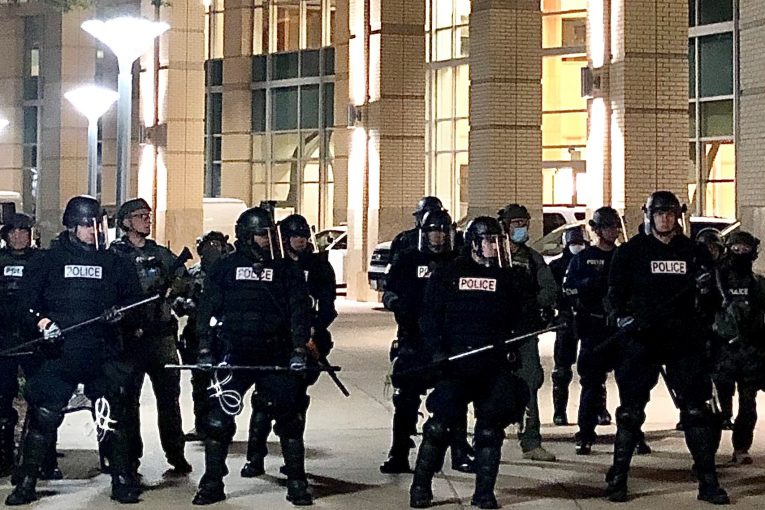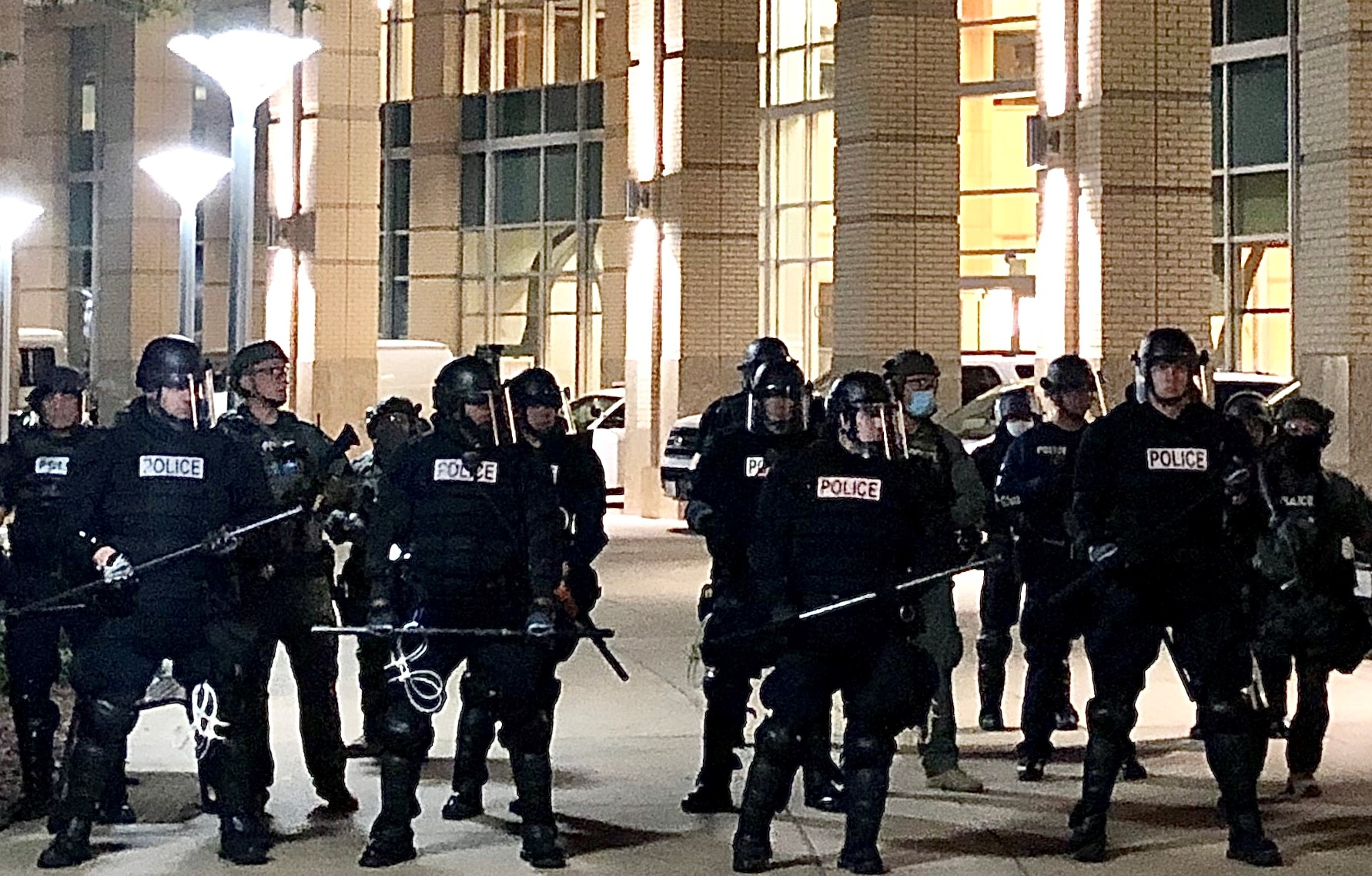

(This commentary is provided by Sacramento ACT’s LIVE FREE Committee. ACT is an alliance of faith leaders, congregants, and community members committed to pushing criminal justice reform through faith-based organizing.)
In the wake of the COVID-19 pandemic, Sacramento’s Black and Brown communities require dedicated investment from the City of Sacramento. As the city re-opens, it is bracing for a wave of violence, the leading edge of which we are witnessing in our own homes and neighborhoods. This is largely due to a lack of opportunities for our youth and insufficient resources to cover basic needs for their families.
The pattern of disinvestment and neglect in vulnerable communities that the city has demonstrated for decades must end. Those who bore the brunt of the COVID-19 pandemic deserve investment of American Rescue Plan funds into their communities to begin to heal.
Rather than exhausting funds to mitigate the lethal consequences of gun violence, or sending more police into our neighborhoods, the city must invest in  communities to alleviate the underlying causes and prevent gun violence from happening.
communities to alleviate the underlying causes and prevent gun violence from happening.
The city must act proactively and urgently.
A shift in the city’s gang violence prevention strategy must prioritize long-term, adequate funding and evidence-based community programs, in order to properly address the 50 percent increase in gun homicides Sacramento has experienced during COVID-19, part of a significant nationwide uptick in gun violence.
Last month, the City Council proposed to increase the Sacramento Police Department’s budget by over $8 million on top of its current budget of $156 million, and then proposed a mere $1 million for violence prevention, the same amount that’s been provided annually since 2016.
Moreover, the Department of Violence Prevention proposed defunding two CBO’s currently doing intervention work, Advance Peace and Healing the Hood. Effective violence prevention must target those who are at highest risk for being both victims and perpetrators of violence to effectively engage and provide them with wraparound services that center conflict resolution, mentoring, job training, and trauma healing.
Both organizations have strategies and relationships with impacted community members that cannot be replaced, as well as data and evaluation reports to prove their impact.
The scope of violence in Sacramento is not one that can be solved by punitive, carceral measures. We have witnessed Sacramento law enforcement try this approach for over a decade and fail to significantly lower gun violence rates in our most vulnerable neighborhoods.
To approve the proposed violence prevention strategy without amendment would be to risk the deaths of many Sacramento residents. The issue of gun violence is not a one-solution problem. Prioritizing arrest and incarceration only fuels this cycle, whereas community programs work to resolve the root causes, and as such require a long-term strategy.
As such, we request that the city:
- Commit to a minimum investment of eight percent of ARP funding ($9.7 million) towards community-based violence intervention and prevention programs, in line with federal guidelines. Considering each gun homicide costs the city $1.2 million, this investment of ARP funds has the potential to reap substantial societal dividends.
- Expand the number of organizations that receive funding, and prioritize those that have demonstrated long-standing commitment to Sacramento’s most vulnerable populations.
- Be transparent in the process with which grant recipient organizations are chosen (criteria, panelists).
A unique opportunity presents itself in the $121 million the City of Sacramento will be receiving, of which the U.S. Treasury ARP Spending Guidelines suggests should be spent on “evidence-based community violence intervention programs to prevent violence and mitigate the increase in violence during the pandemic.”
We look forward to working with the City to ensure investment in programs that will truly meet the needs of communities who have struggled most under the dual weights of the pandemic and of gun violence.
To sign up for our new newsletter – Everyday Injustice – https://tinyurl.com/yyultcf9
Support our work – to become a sustaining at $5 – $10- $25 per month hit the link:





Please ignore low-income and disadvantaged white people – this is about skin color 😐
Bummer.
Bummer!
I guess all that magic Biden money was mis-spent.
Every government agency and cause is running after that magic Biden money (ARP). As a wise friend once said, ‘In government and nonprofits alike, the only thing worse that not having money, is having money’.
About 18 years too late for this wave.
No argument as such.
No, that’s not how it works. If funding ‘community programs’ does work, and it may, the evidence will be seen years and decades from now as the investment pays off. It will not prevent the stated, current ’50 percent increase in gun homicides’ or the future ‘wave of violence’ predicted to be coming. Those have to be dealt with the old-fashioned way. Well, OK, hopefully with better overall policing practices, but yes, with police.
Wait a minute . . . didn’t we just have huge argument about violence here in the comments section a few weeks ago about violence in San Francisco, with the Vanguard claiming even though some segments of violence was up, overall violence was down? So is the difference that in San Francisco violence is down, but in Sacramento violence is up? Or is it the only homicides are way up in Sacramento, but overall violence is down? I think we need a statistics expert to solve this one 😐
Probably to combat the current and future wave of violence.
One thing people need to learn, and learn well, is that just because a program is labelled as something, in this case ‘violence prevention’, doesn’t mean that the outcome of spending the money will be ‘less violence’. Sometimes it means that programs that checked the right boxes on the grant will now receive government money, and that’s all it means. It pays to be very, very skeptical.
Why? Did they state a reason? Perhaps because violence is up, so they want to try a new strategy? I’m not passing a judgement, but it sounds like a pro/con article on where these funds go may be in order, rather than simply passing off the defunding as an ‘obvious’ mistake.
OK, I’m game, but again, what was the reasoning given for the defunding? If I hear only one side of a story, I’m going to assume there’s a reason those only giving one side of the story don’t want the other side to be heard.